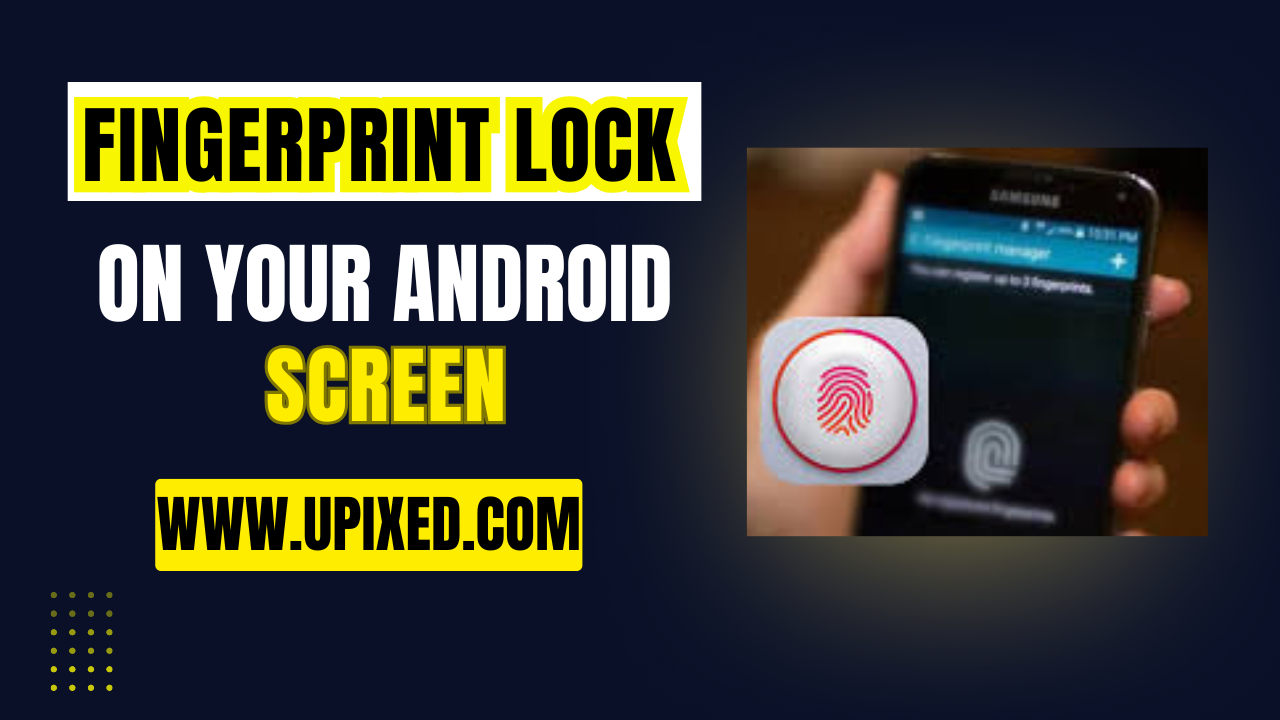Reviving Microchip Design, Cornell Students Leverage Open-Source Tools for Innovation: Students Through Open Source Chip Design. Microchips power nearly every modern device from smartphones to satellites yet the process of creating them remains highly specialized, expensive, and complex. At Cornell University, however, a team of undergraduates is rewriting that narrative.
Reviving Microchip Design, The Cornell Custom Silicon Systems (C2S2) team has embraced open-source hardware tools to design, test, and fabricate functional microchips. This hands-on learning approach is offering students real-world engineering experience and breaking new ground in accessible chip design.
Hands On Learning Through Open Silicon Design
For over two years, C2S2 has been enabling students to work with a domestic foundry, thanks to a partnership with Efabless, a company that facilitates chip fabrication through open-source frameworks. These collaborations have made it possible to produce small-batch microchips at a fraction of traditional costs.
Team co-founder Aidan McNay ’24 highlights their rapid progress:
“Most companies wouldn’t have a finalized chip in two years. We’ve nearly taped out four—proving what students can achieve.”
A Decade Old Dream Realized
Reviving Microchip Design, Although the team was officially founded recently, its roots trace back to Professor Christopher Batten, who envisioned a student-led chip design group as early as 2010. At the time, commercial chip design tools were too expensive and legally restrictive for undergraduate use.
Thanks to advancements in open-source EDA tools and shifting industry standards, that vision has finally become a reality. With support from the Shen Fund for Social Impact, the proposal for C2S2 was accepted, opening a new chapter in experiential engineering education.
Undergraduate Innovation with Real World Impact
The team’s impact extends beyond the classroom. One notable collaboration is with Christopher Tarango, a doctoral researcher at the Cornell Lab of Ornithology, who is studying the unique vocalizations of female corvids such as jays and crows.
Tarango needed a lightweight, low-power device to record and classify bird calls without disrupting natural behavior. C2S2 responded by designing a custom microchip tailored to this niche scientific need—showcasing the potential of cross-disciplinary innovation.
![]()
From Freshmen to Fabricators: Student Voices and Experience
Reviving Microchip Design, As Abigail Varghese ’25 joined the team after hearing Batten speak in her introductory engineering class. With no prior chip design experience, she quickly found herself immersed in hands-on learning and leadership.
“I wanted to apply what I was learning beyond assignments,” she said. “Now I manage a subteam and interned at Boeing, using the skills I developed here.”
C2S2 now consists of 25 students across diverse majors—ranging from electrical engineering to applied economics. They are divided into five subteams:
-
Digital
-
Analog
-
Software
-
System Architecture
-
Project Management
How Tape Outs Work, From Design to Silicon
Every spring, the team completes a full chip “tape-out”—the process of finalizing a design for fabrication. They then send it to Efabless, which works with SkyWater Technology, a U.S.-based foundry. Each tape-out costs roughly $10,000, making affordability critical.
Incredibly, the team’s first two chips were both successful, a rare accomplishment in the industry. Unlike software, where errors can be patched post-launch, hardware mistakes can cost thousands and delay progress by a year.
A Platform for Scientific Discovery
The microchip developed for Tarango not only records vocalizations but also tracks movement through embedded motion sensors. This allows researchers to link behavior with sound in species such as the island scrub jay.
“It’s rare to see this level of collaboration and rapid prototyping,” said Tarango. “It’s experiential learning at its finest.”
C2S2’s iterative design process adds new functionality with each chip—bringing analog and digital components together in increasingly complex ways.
Bridging Academia and Industry
Thanks to industry partnerships with AMD, Cadence, and others—many facilitated by alumni—the team benefits from cutting-edge tools and mentorship. These connections offer students valuable insights and post-graduation opportunities in the semiconductor field.
“C2S2 isn’t just a project,” said McNay. “It’s what I think about even after I leave the lab. It’s the kind of work that keeps you curious.”
🔍 SEO Keywords Integrated:
-
Open-source microchip fabrication
-
Undergraduate chip design Cornell
-
Student-led silicon design team
-
Custom chip development for research
-
Efabless open-source hardware
-
Microchip tape-out process
-
Experiential learning in engineering
-
Open-source tools for semiconductors
🧠 Conclusion: A New Era of Student-Driven Silicon Innovation
C2S2 is redefining what undergraduates can accomplish in the world of chip design. By using open-source tools, fostering cross-disciplinary partnerships, and creating real, working microchips, Cornell students are setting a bold example for engineering programs nationwide.
Whether it’s powering scientific research or inspiring future industry leaders, Cornell Custom Silicon Systems is a model for the future of hands-on, scalable tech education.
For more visit our site.


